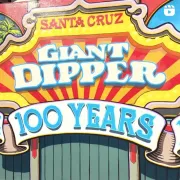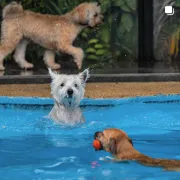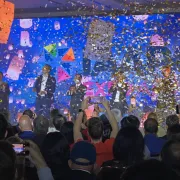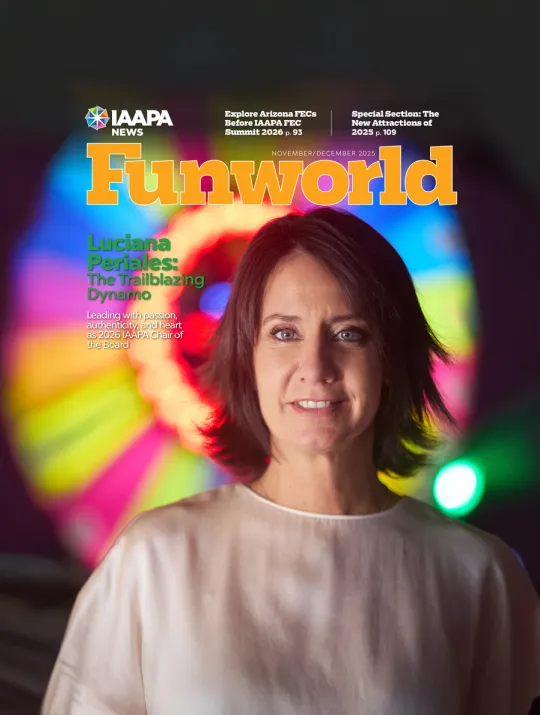Tour button
Preparing for On-Site Emergencies
The who, what, and why of live drills.

At the “Emergency Preparedness Drills” EDUSession, two security executives at zoos shared their experiences conducting live enactments. They discussed the ways they helped train and prepare their staff, as well as community partners, for emergency response scenarios.

According to Anthony Woodson, safety and compliance coordinator at ZooTampa, the facility learned how important it is to change the settings in which safety drills occur. If the snake bite drill is always held in the same location and participants know where to go and what to do, for example, participants may not be well-equipped to think on their feet. Instead of staging the drill in the reptile house as it had in the past, the zoo held it in its animal hospital.
Woodson also suggested sticking with a date and time for a drill. If people are sick or otherwise can’t participate, allow other staff members to step up.
“It empowers the other staff,” he says. “It allows them to feel more involved.”
Recognizing that community partners want to be involved, the zoo invited members of the fire, police, rescue, and other municipal departments to participate in its drills. As a result, Woodson said, he found that the zoo established more control over actual emergency incidents. The zoo was also able to get free help and provide a valuable learning opportunity by reaching out to public health students at a nearby college.
To plan an active shooter drill, Leslie Chenaille, Denver Zoo’s director of guest operations, stressed that facilities should be ready for a major time commitment.

“From the time of conception to the actual drill date, it was about a year and three months,” she says about the simulation that the zoo developed. Much of the time was spent getting outside agencies, such as the FBI, paramedics, and a SWAT team to buy in to the process. With so many groups involved, Chenaille urged facilities to keep careful meeting notes. “They will come in handy,” she says, when participants inevitably propose changing things down the line that might disrupt the process.
Both Chenaille and Woodson recommended conducting a “hot wash” postmortem immediately after a drill to solicit input from participants. It is a great way, they said, to learn from the experience and refine emergency plans.
Follow IAAPA for news and event announcements in your favorite social media apps
Connect with the Real Stories Behind the Fun
Follow our social media for authentic stories, special moments, and behind-the-scenes looks from the attractions world.












 The Official Magazine of IAAPA
The Official Magazine of IAAPA